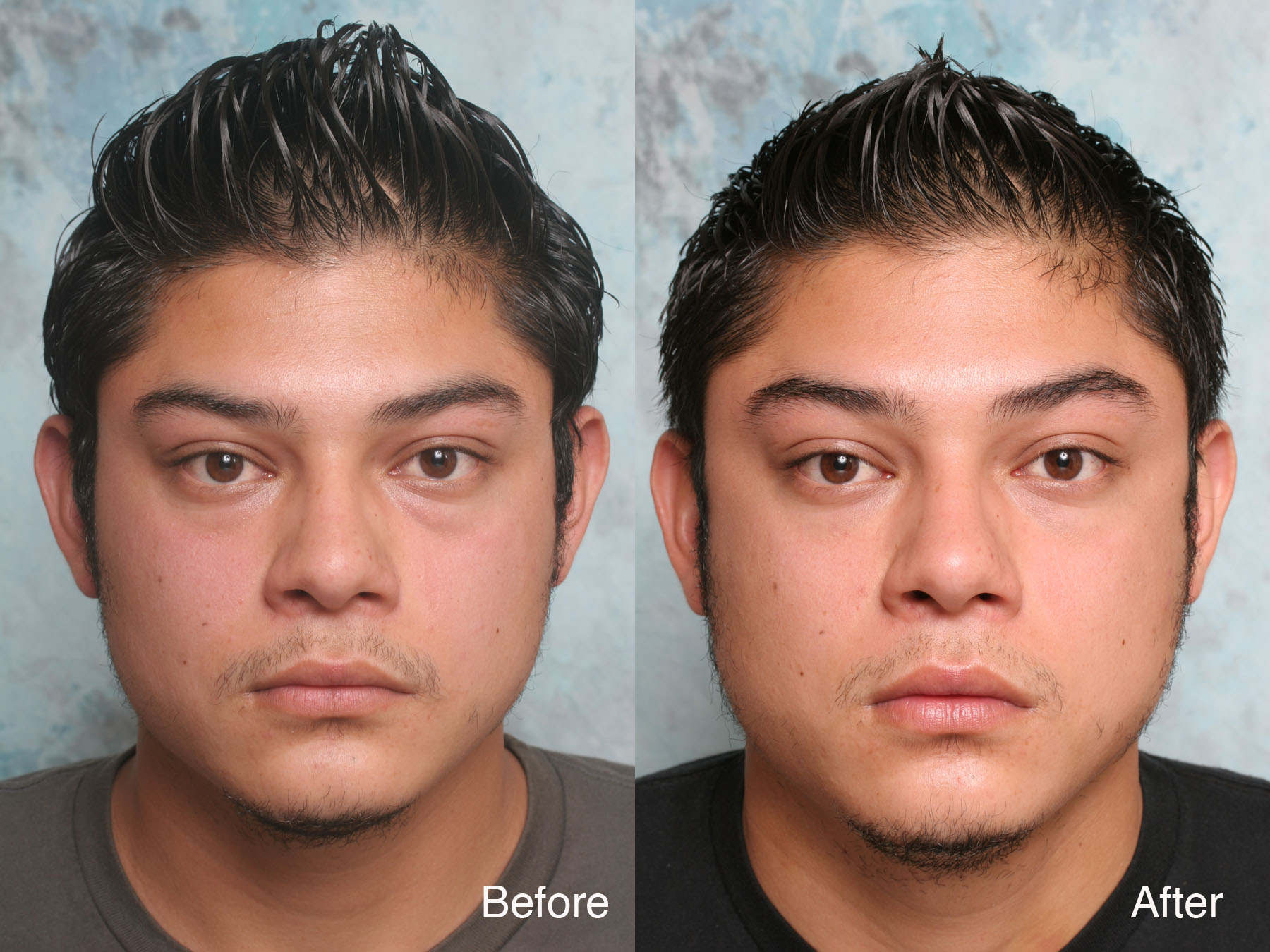The Benefits of an Eyelid Surgery - Improve the Lift of the Covers
Blepharoplasty, or eyelid surgery, is a procedure surgically performed on either the lower or upper eyelid to boost the skin's look around the eye. For the upper eyelid, eye surgery is used to improve droopy or redundant skin that appears on the upper eyelid extending to the forehead. As we age, the eyelid's skin loses its flexibility. Also, the structures which support the Dorow Clinic forehead's skin deteriorate, which can result in excess skin that can hang past the edge of the brow. The fat and the muscles of the upper eyelid can modify with age, resulting in an unappealing bulge.
Generally, blepharoplasty consists of taking away the excess skin from the upper lid to bring back a concise eyelid crease and supply the upper eyelid a great and smooth look. For those with bulging fat within the upper eyelid, blepharoplasty, or eye surgery can likewise consist of removing the bulging fat. Lower eyelid blepharoplasty is typically performed to fix the look of "bags" underneath the eyes. These so-called "bags" may be triggered by fat which is generally behind the eye and bulges in front of the muscles due to aging.
Eyelid surgery (blepharoplasty) is a typical cosmetic plastic surgery to get rid of excess skin, muscle or fat from the upper and lower eyelids. Blepharoplasty cosmetic surgery boosts baggy skin under the eyes, sinking upper eyelids, or eyelashes that droop and impair vision. The surgery may likewise be done to treat a medical condition called ptosis (drooping eyelid), that is triggered by bad muscle tone or nerve damage.

As we grow older, excess skin kinds around the eye area and http://query.nytimes.com/search/sitesearch/?action=click&contentCollection®ion=TopBar&WT.nav=searchWidget&module=SearchSubmit&pgtype=Homepage#/Eyelid Surgery the skin loses flexibility. Fat likewise might collect under the skin. Your eyes will "look older" because aging processes leave them appearing tired, puffy or old and wrinkly. Even with a great skin care and eye care routine, puffiness, wrinkles, and drooping eyelids will take place. Body chemistry and genetic factors can even trigger these types of aging results in more youthful individuals. Plastic surgery has the potential to bring back a youthful and renewed look to your eyes.
The ideal candidates for blepharoplasty are physically healthy, educated about the treatment and mentally stable. The finest candidates are typically a minimum of 35 years of age (although hereditary elements can show treatment for younger patients). Candidates could be excluded if they experience any one of the list below conditions: hypothyroidism, heart disease, diabetes, glaucoma, dry eyes, hypertension, or Tomb' illness.
Incisions are made throughout the line creases of the upper eyelid and often along the outer rim of the eye's skin. When eliminating fat, though not skin, the cosmetic surgeon might carry out a transconjunctival blepharoplasty with by cutting inside the lower rim of the eye's skin. These incisions often reach the external corners of the eyes. The medical professional then divides the fatty tissue and muscle from the skin so that extra skin, fat, or muscle can be gotten rid of.
Blepharoplasty, or eyelid surgery, is a treatment surgically performed on either the lower or upper eyelid to enhance the skin's appearance around the eye. For the upper eyelid, eye surgery is utilized to enhance droopy or redundant skin that appears on the upper eyelid extending to the forehead. Traditionally, blepharoplasty consists of taking away the excess skin from the upper lid to restore a succinct eyelid crease and offer the upper eyelid a good and smooth appearance. Eyelid surgery (blepharoplasty) is a typical cosmetic plastic surgery to eliminate excess skin, muscle or fat from the upper and lower eyelids. Blepharoplasty cosmetic surgery enhances saggy skin under the eyes, sinking upper eyelids, or eyelashes that sag and impair vision.